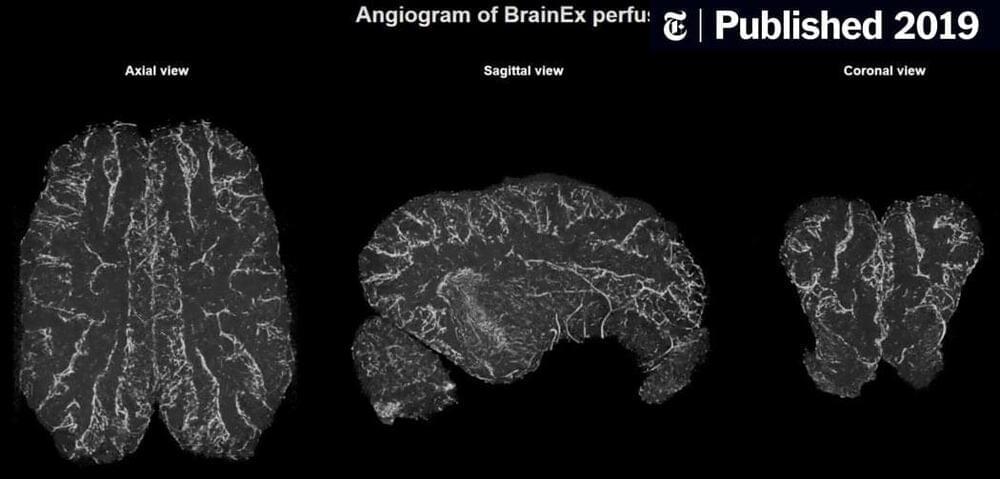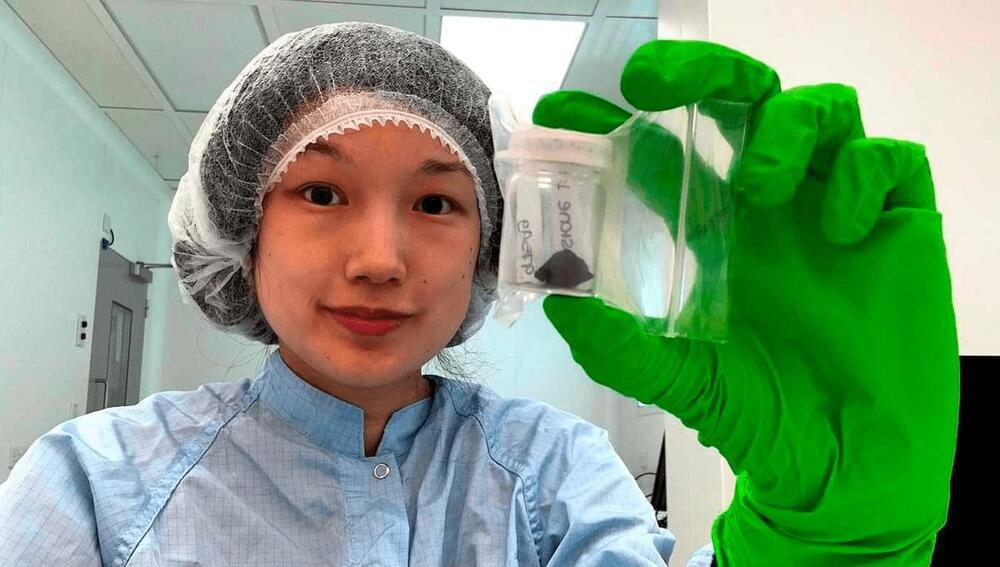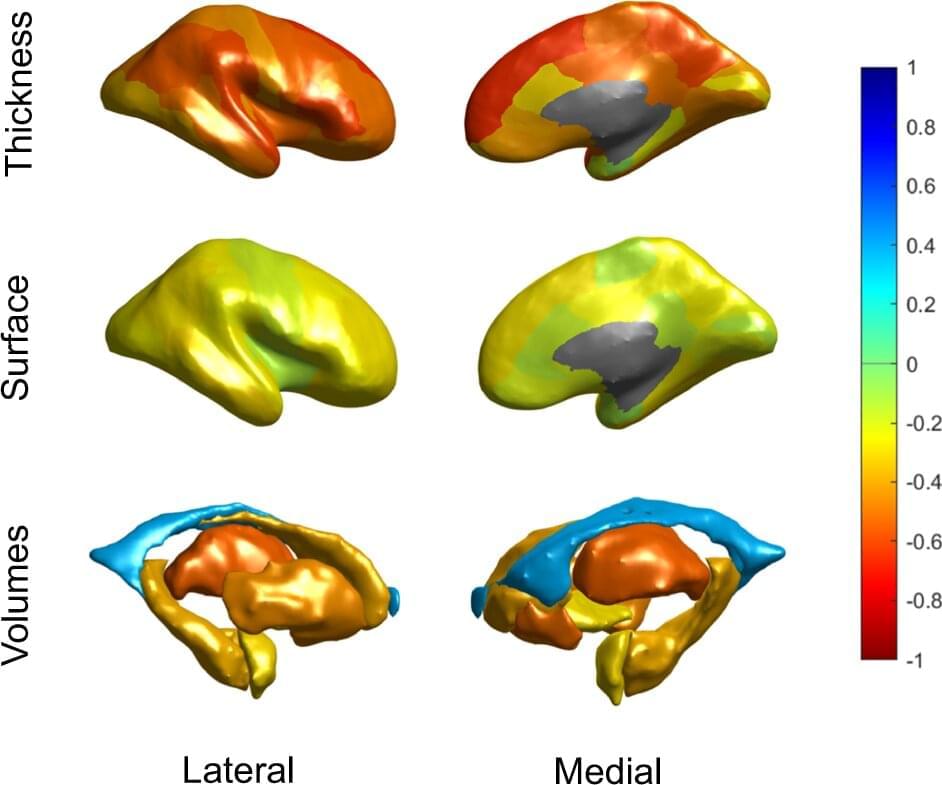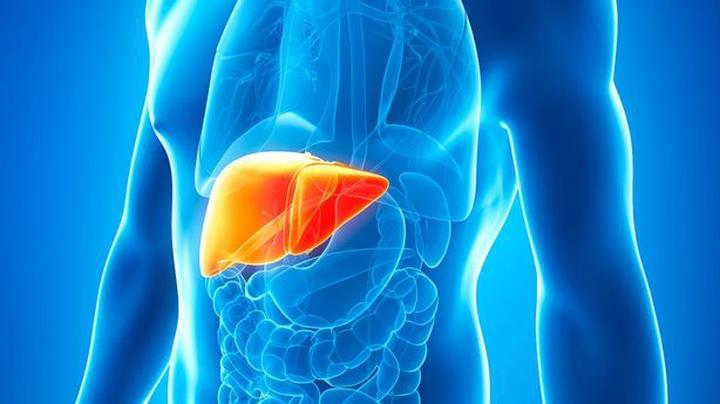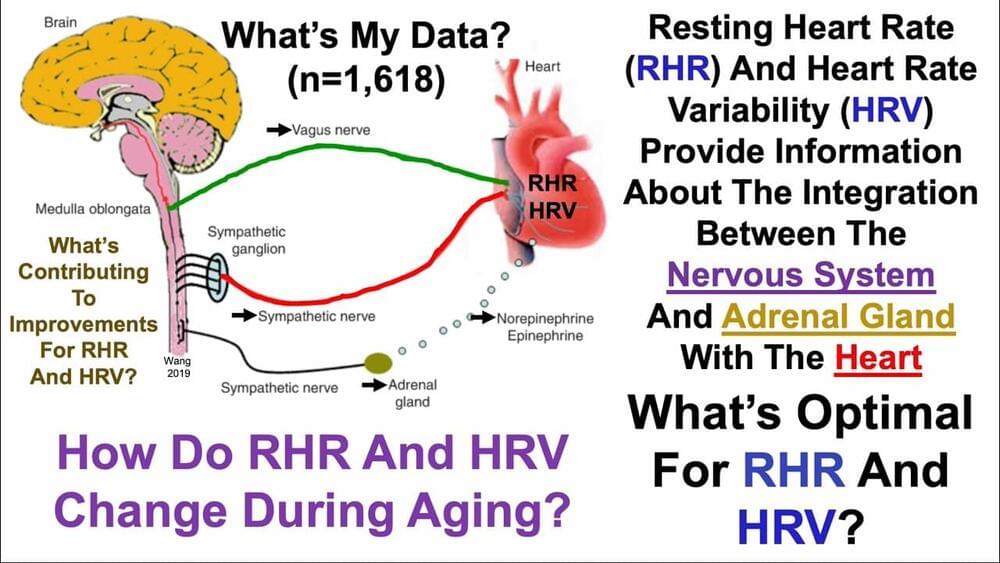Jan 22, 2023
DARPA Wants to Develop a Drug to Make People Resistant to Extreme Cold
Posted by Dan Breeden in categories: bioengineering, biotech/medical, food, genetics
Last week, Rice University in Houston announced that one of its assistant professors of bioengineering, Jerzy Szablowski, received a Young Faculty Award from DARPA to research non-genetic drugs that can “temporarily enhance the human body’s resilience to extreme cold exposure.”
Thermogenesis is the use of energy to create heat, and our bodies have two different ways of doing this. One is shivering, which we’re all familiar with. The other, which Szablowski simply calls non-shivering thermogenesis, involves burning off brown adipose tissue (BAT), or brow n fat.
This type of fat exists specifically to warm us up when we get cold; it stores energy and only activates in cold temperatures. Most of our body fat is white fat. It builds up when we ingest more calories than we burn and stores those calories for when we don’t get enough energy from food. An unfortunate majority of American adults have the opposite problem: too much white fat, which increases the risk of conditions like heart disease and Type 2 diabetes.




